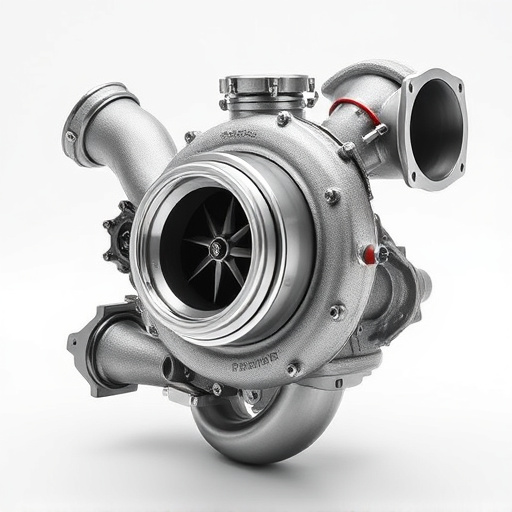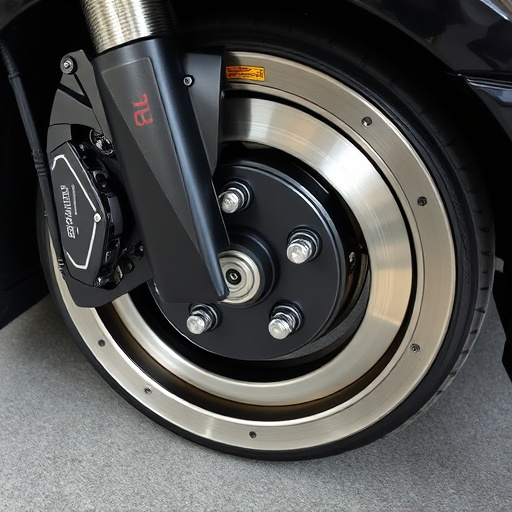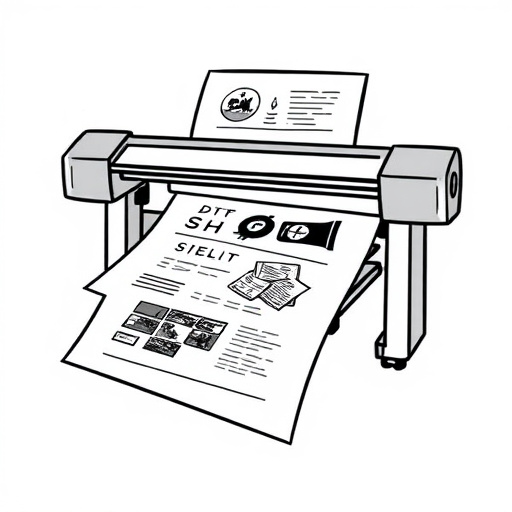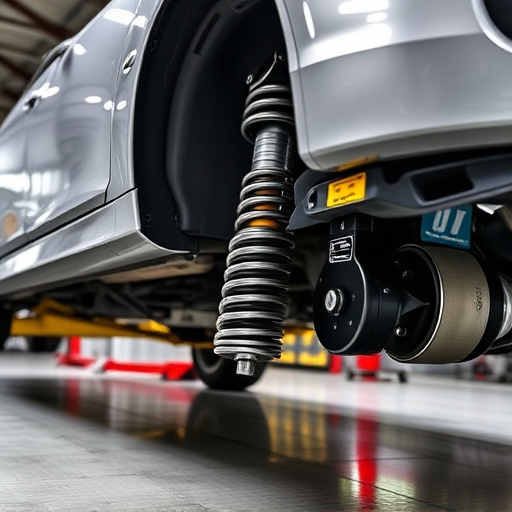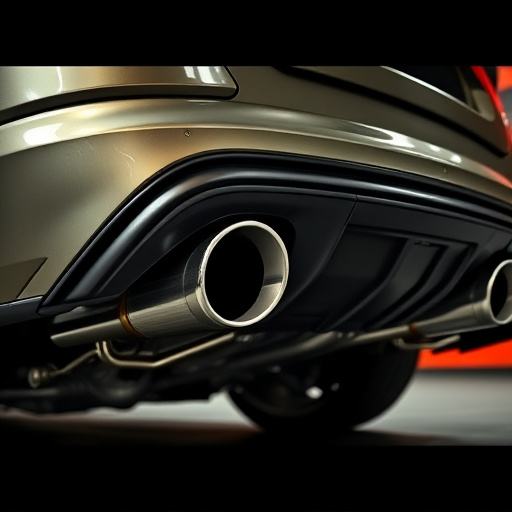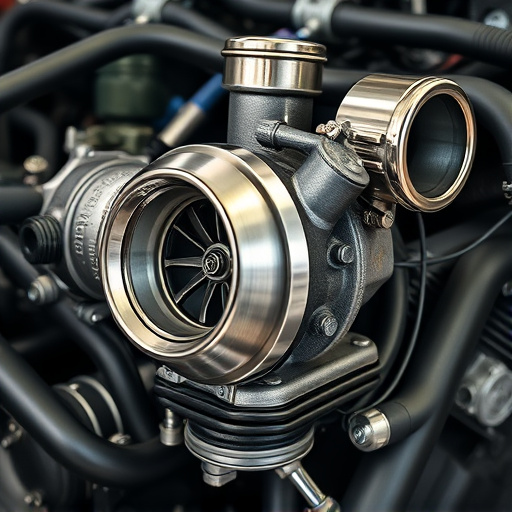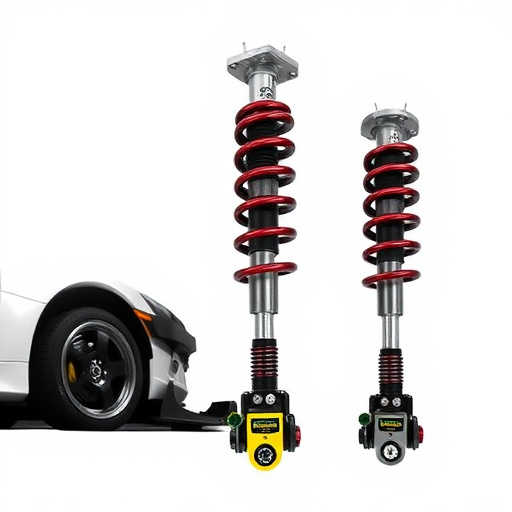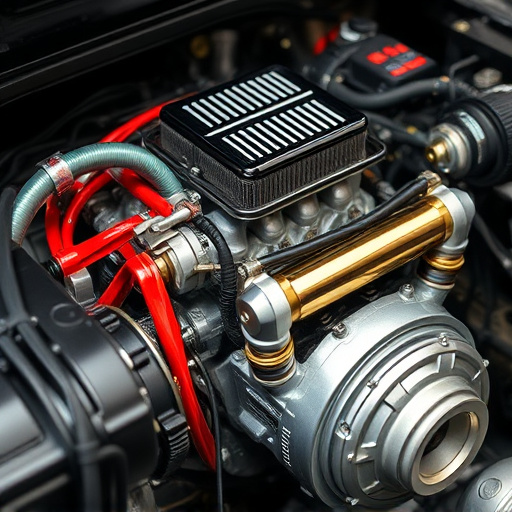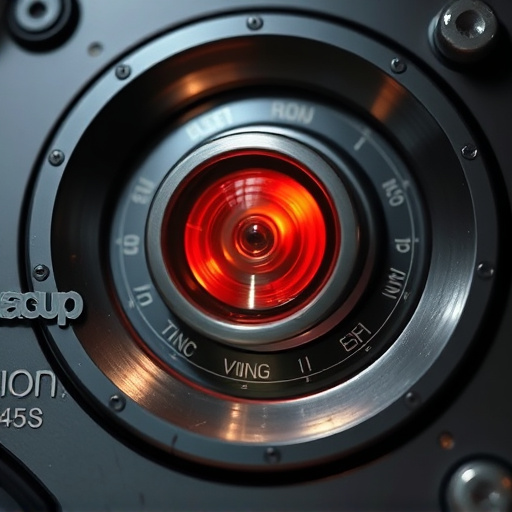Vehicle exhaust tips, often overlooked in customization, play a crucial role in sound wave interaction and can drastically alter a vehicle's audio experience. They manipulate air flow and pressure to enhance specific frequencies for a deeper, more powerful engine sound. When combined with high-performance components, they create a unique acoustic environment, transforming both performance and auditory signature. Properly designed tips improve driving pleasure while contributing to a quieter, peaceful environment; subpar designs may increase noise pollution. A range of options caters to different needs, from straight-through to complex muffler tips, ensuring not only quieter notes but also a more harmonious driving experience.
“Vehicle exhaust tips, often seen as mere aesthetic add-ons, can surprisingly influence the sound quality of your ride. This article delves into the intricate relationship between exhaust tips and sound waves, exploring how they interact to shape your vehicle’s acoustic environment. We dissect the science behind these effects, providing insights into their impact on overall acoustic quality. Furthermore, we offer solutions by highlighting various exhaust tip types designed for superior noise mitigation, ensuring a harmonious driving experience.”
- Vehicle Exhaust Tips and Sound Wave Interaction
- Impact on Acoustic Quality: The Science Behind It
- Mitigating Noise: Types of Exhaust Tips for Better Sound Control
Vehicle Exhaust Tips and Sound Wave Interaction

Vehicle exhaust tips, an often overlooked aspect of vehicle customization, play a surprising role in sound wave interaction and can significantly impact the overall audio experience. These tips are designed to modify the exhaust note, offering a range of tones from deep and rumbling to sharp and aggressive. The science behind it lies in their ability to manipulate sound waves as they pass through.
The structure of vehicle exhaust tips allows for precise control over air flow and pressure, which in turn affects the frequency and amplitude of sound waves. High-performance parts like these can enhance specific frequencies, making engines sound more robust and powerful. This interaction between the tip’s design and sound waves creates a unique acoustic environment, especially when combined with other high-performance components such as advanced air intake systems, ultimately transforming the vehicle’s overall performance and auditory signature.
Impact on Acoustic Quality: The Science Behind It

The sound that a vehicle produces is multifaceted, influenced by various components such as the engine, exhaust systems, and even the brake rotors and suspension kits. Among these, vehicle exhaust tips play a significant role in shaping the overall acoustic quality. The science behind it involves the manipulation of sound waves through specific designs and materials. Exhaust tips are designed to redirect and amplify certain frequencies, which can either enhance or alter the engine’s sound signature.
When well-designed, these tips can improve the exhaust note, making it richer and more harmonious. They achieve this by modifying the flow of gases, allowing for a more efficient burn and a smoother transition from the engine to the atmosphere. This process not only improves the driving experience but also ensures that the sound is less disruptive to those around the vehicle. Conversely, poorly designed or subpar exhaust tips can introduce unwanted noise, potentially damaging the acoustic quality and increasing the risk of noise pollution.
Mitigating Noise: Types of Exhaust Tips for Better Sound Control
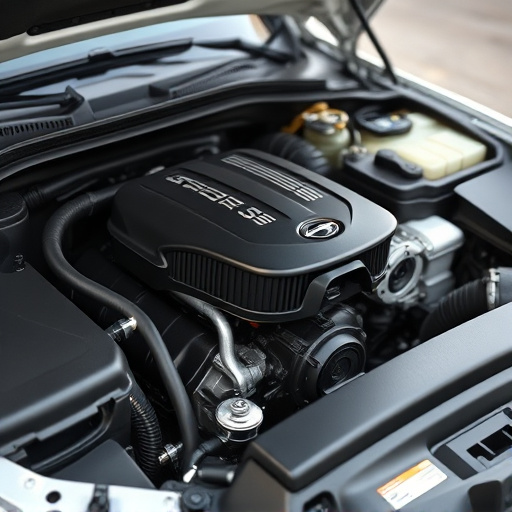
Vehicle exhaust tips play a significant role in mitigating noise levels emitted by your car’s engine, thereby influencing overall sound quality. The primary function of these tips is to reduce the loudness and intensity of exhaust sounds, ensuring a more harmonious driving experience. Different types of exhaust tips employ various noise-canceling techniques, catering to diverse preferences and needs.
For effective sound control, several options are available, such as straight-through tips that offer minimal backpressure for improved engine performance but may not significantly reduce noise, and muffler tips designed with internal chambers and baffle systems to absorb sound waves, resulting in quieter exhaust notes. Some advanced models even incorporate special materials or designs inspired by acoustic engineering principles found in intake components and suspension kits, further enhancing sound quality control.
Vehicle exhaust tips, while primarily designed to reduce noise pollution, can indeed influence sound quality. Understanding how these tips interact with sound waves is crucial in mitigating unwanted noise. By employing specialized exhaust systems and choosing the right tips, it’s possible to enhance acoustic experiences, ensuring a more enjoyable ride for both drivers and passengers. Different tip designs offer tailored solutions for controlling sound, making them an important consideration in maintaining optimal vehicle audio performance.
